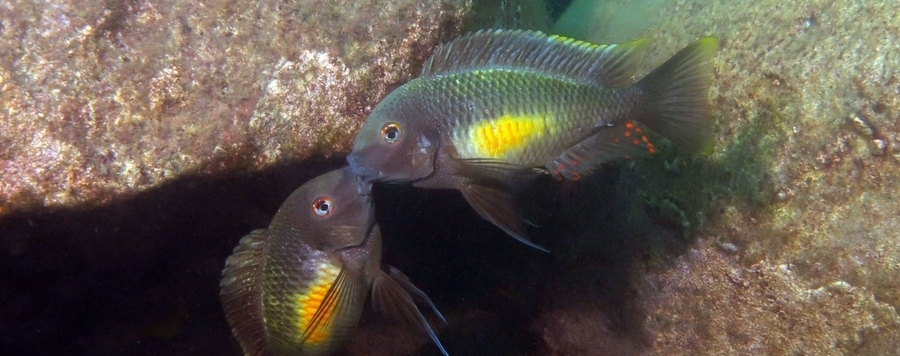
Tracing morphological evolution over the course of the adaptive radiation of cichlid fishes from Lake Tanganyika
Adaptive radiation is likely the source of a great proportion of biodiversity, however, how adaptive radiations proceed remains unclear in most cases. In the framework of an in-depth examination of the spectacular adaptive radiation of cichlid fishes in Lake Tanganyika we performed whole-genome sequencing, conducted multivariate morphological measurements, and approximated the ecology of nearly all ~240 cichlid species occurring in the lake. Based on phylogenetic comparative analyses, we provided insights into how morphological diversity accumulates over the course of the radiation. Further, by focusing on the two-jaws system – a key-feature of cichlids – we traced how ‘evolutionary decoupling’ of the two jaws might have promoted trophic specialization and micro-niche partitioning.





